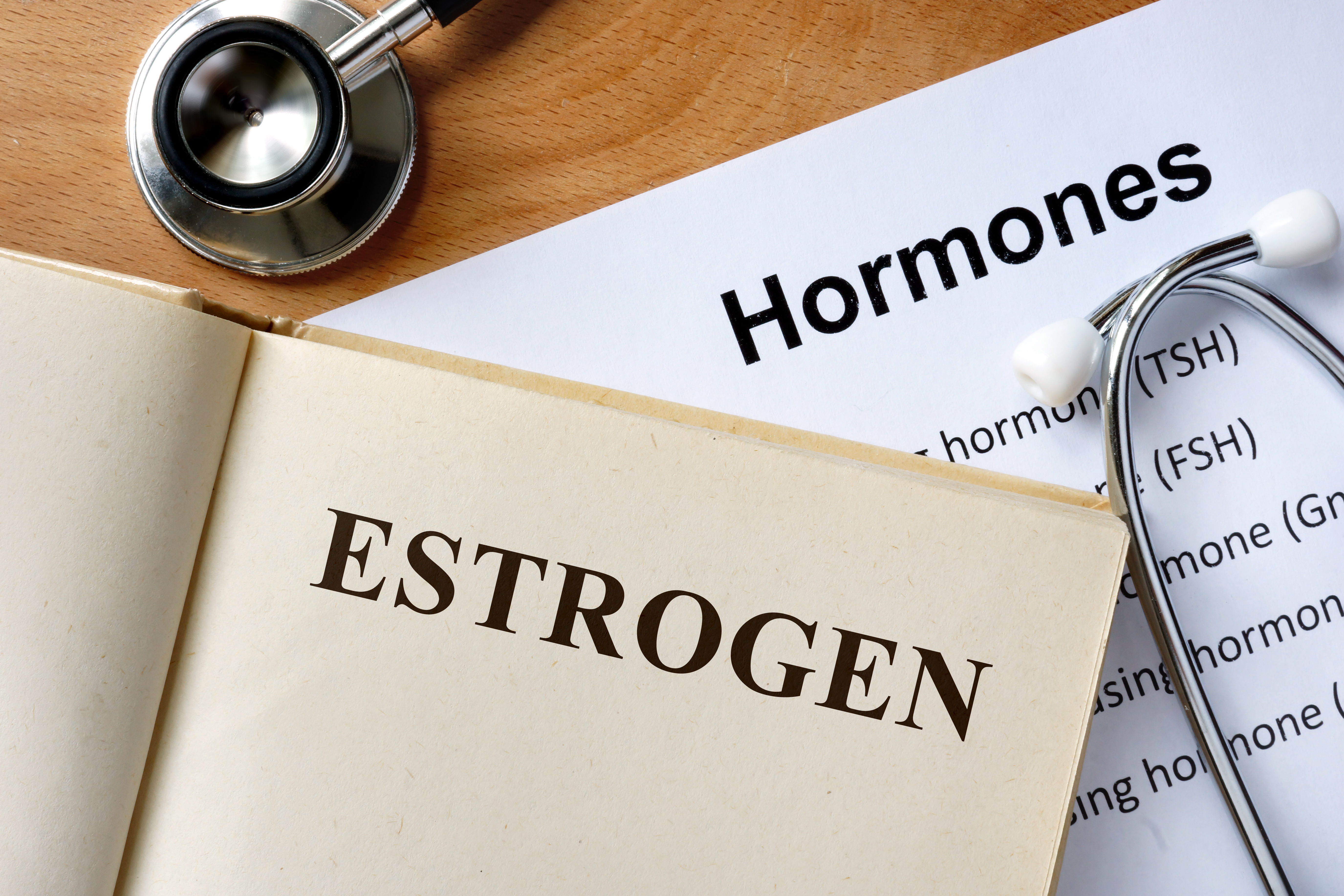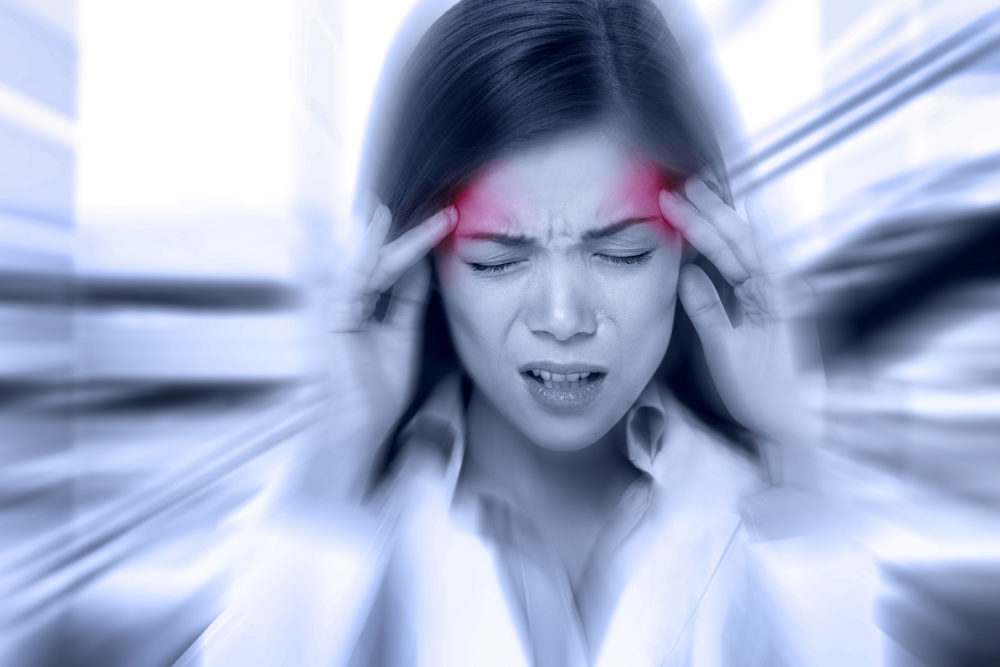According to the Migraine Research Foundation, a migraine is “an extremely incapacitating collection of neurological symptoms which include a severe throbbing and recurring pain, usually on one side of the head. The attacks are often accompanied by one or more of the following: visual disturbances, nausea, vomiting, dizziness, extreme sensitivity to sound, light, touch and smell, and tingling or numbness in the extremities or face.”
The foundation further notes that about 25 percent of migraine sufferers also have a visual disturbance called an “aura,” which usually lasts less than an hour. While migraines usually last between four and 72 hours, to the person who is experiencing the pain, it can seem like an eternity.
Medical experts have known for some time that migraines disproportionately affect women. The Migraine Foundation estimates there are 28 million American women experiencing this excruciating condition each year and three times more women affected than men. However, until recently, experts have not completely understood why.
New Research On Estrogen Fluctuations and Migraines
This disparity in the incidence of this condition between men and women was the basis of recent research conducted by Dr. Jelena Pavlovic at Albert Einstein College of Medicine/Montefiore Medical Center in Bronx, New York and published in the medical journal Neurology.
These researchers set out to uncover the links between estrogen fluctuations and an individual’s likelihood of experiencing a migraine. The theory they wanted to test is whether women whose estrogen levels drop more swiftly in the days before menstruation might be more at risk of developing migraines.
“In about 90 percent of the cases we see for these menstrual migraines, the patients feel almost immediate relief with a very low dose of estrogen combined with testosterone”
After reviewing this research and combining it with the anecdotal evidence from our own practice I have no doubt that hormone imbalances, especially estrogen, is a primary factor in the suffering of many women.
Estrogen is secreted by the ovaries. It plays a role in over 400 body functions. For example, it maintains collagen in the skin. It maintains the integrity of the gut health, which can impact colon cancer and bone loss. It is very “protective” of a woman’s health in many areas. While estrogen is primarily associated with menstrual cycles, by preparing the uterine lining during ovulation, it also plays an important role in many other parts of the body.
Estrogen Treatment Offers Hope For Migraines
Dr. Pavlovic and her team discovered significant new information about estrogen’s effect on migraines. Interestingly, what these researchers concluded is what we experience in our practice every day. We see hundreds of women each month who are suffering migraines and estrogen is one of the most successful treatments we conduct.
 Many women are very sensitive to the estrogen fluctuation that occur a day or two after the peak estrogen level. This is typically after ovulation but before menstruation. Biologically, the drop in estrogen brings on the menstrual cycle. That precipitous drop in estrogen, before the menstrual cycle, can trigger many debilitating actions in a woman’s body. It is part of the premenstrual syndrome, PMS, and some women can get severe migraines from this reduction in estrogen.
Many women are very sensitive to the estrogen fluctuation that occur a day or two after the peak estrogen level. This is typically after ovulation but before menstruation. Biologically, the drop in estrogen brings on the menstrual cycle. That precipitous drop in estrogen, before the menstrual cycle, can trigger many debilitating actions in a woman’s body. It is part of the premenstrual syndrome, PMS, and some women can get severe migraines from this reduction in estrogen.
We also see this occur in perimenopausal women. This is the time when women have extreme fluctuations in their estrogen levels. This perimenopause period can last from two to eight years, and the estrogen levels are erratic during this period – from very low to extremely high. This can cause everything from hot flashes to migraines. Once a woman becomes accustomed to the menopause condition and the low estrogen levels, those headaches will typically go away.
Don’t Just Treat The Symptoms
Because so many women experience this level of suffering, more and more are seeking better treatment. Unfortunately, most traditional medical practices fail to offer adequate relief.
Most physicians and clinicians treat the symptoms and not the root problem. We focus on treating the primary cause of this pain.
Rather than treating this condition with pain medicines, anti-depressants and anti-nausea medicines, we balance the estrogen levels. In about 90 percent of the cases we see for these menstrual migraines, the patients feel almost immediate relief with a very low dose of estrogen combined with testosterone.
“The Migraine Foundation estimates there are 28 million American women experiencing this excruciating condition each year”
Interestingly, some women feel relief from these menstrual migraines by simply replacing their testosterone. Low testosterone and progesterone can cause estrogen dominance and this can be a causative issue in these headaches. If the testosterone replacement does not alleviate the headaches, we give the patient a small dose of natural estrogen via a subcutaneous pellet treatment.
This treatment creates a very low dose of secretion that occurs 24/7, and it eliminates the estrogen fluctuations and the large “swings” of these hormone levels.
What Other Hormones Might Be Causing Misery?
This research, showing the effect of estrogen fluctuations on the incidence of migraines, is a cautionary tale. Are there other hormones, of the lack thereof, which might cause illnesses or pain?
Testosterone is a good example. It is a powerful brain hormone. It’s known as an androgen, and there are androgen receptors on every cell in our body. Every system in the body is affected by any decrease in androgens. Thus, when there is a testosterone decline in men or women, that person can experience joint pain, depression, a lack of mental clarity, anxiety, insomnia and many other unhealthy conditions.
If migraines are causing you pain, lost work time and ruining your quality of life, your estrogen fluctuations might be causing this condition.
If you suffer from migraines and think your hormones may be behind the pain, please call Jordan Henderson, Director of Clinical Operations, Hormonal Health & Wellness Centers, soon to be Evexias Medical Centers, at 817.328.8376.
For more information visit www.hormonalhealthandwellness.com.







Recent Comments